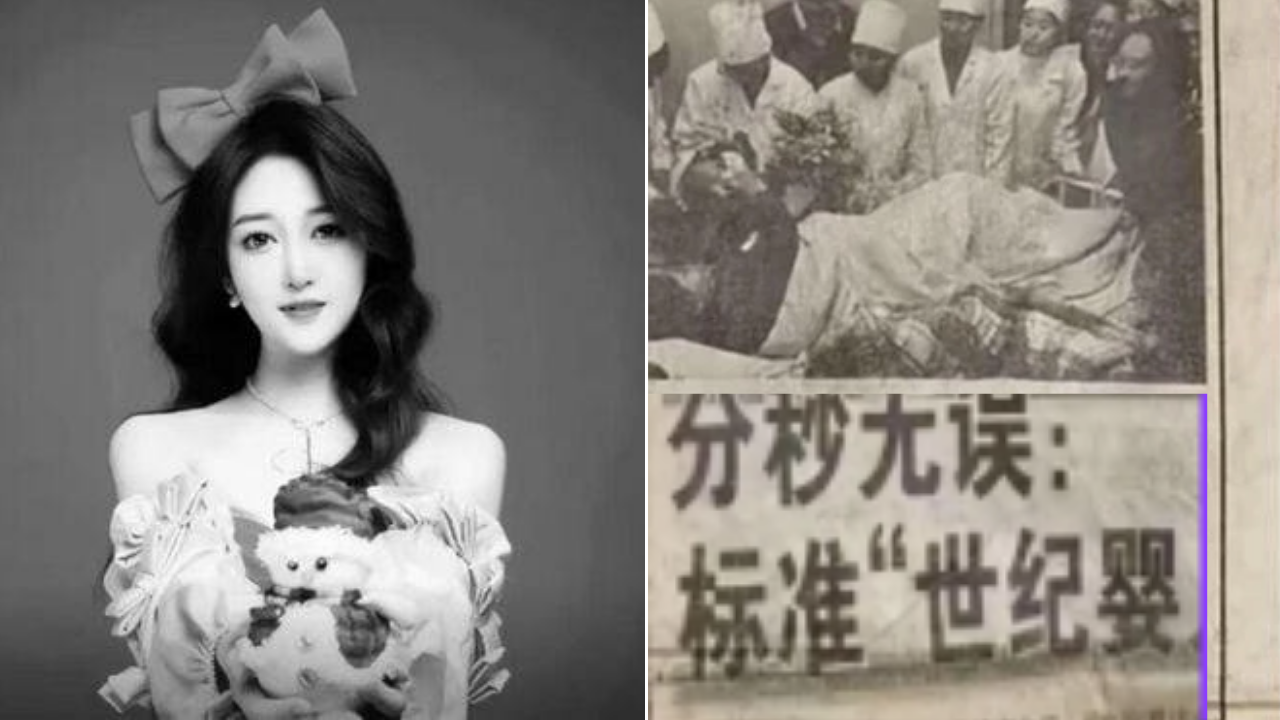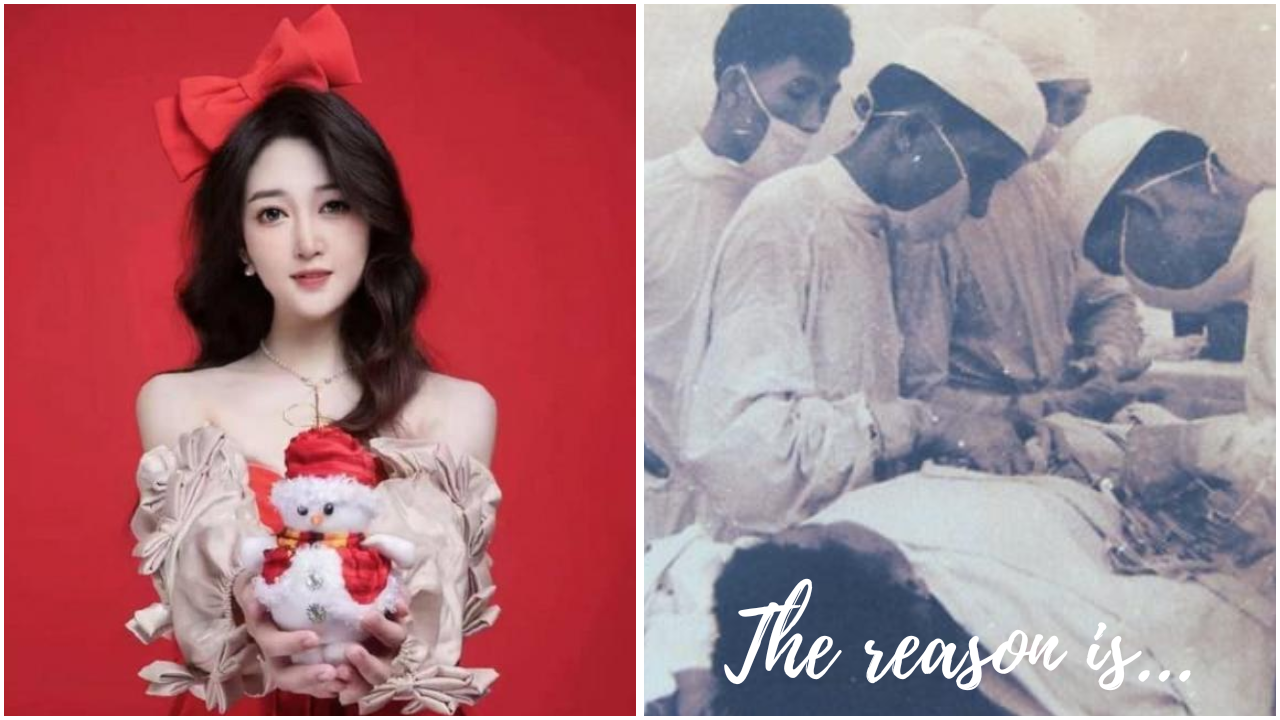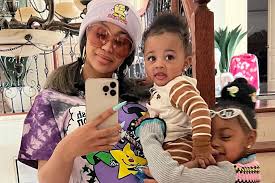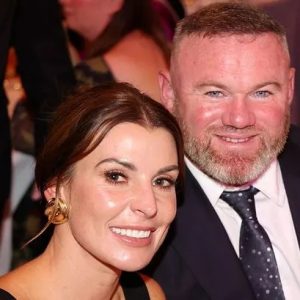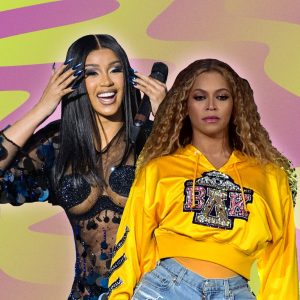Tragedy has struck as the heartbreaking news of Quianquian’s passing on March 24 has left many in shock and mourning. Known affectionately as “MINNIE BABY,” Quianquian’s death has sparked widespread concern and a deeper examination of the potential dangers associated with youth rejuvenation beauty treatments. What was once perceived as an innocent or harmless pursuit has now become the subject of a growing controversy, as the circumstances surrounding her untimely death raise serious questions about safety and societal pressures.
Quianquian was cherished by many for her innocence and charm. As a young girl with a vibrant personality, she captured the hearts of those who knew her. The sudden announcement of her passing has left her family, friends, and a wider community in profound grief. However, as details began to emerge, it became evident that her death may be linked to beauty enhancement procedures aimed at maintaining or achieving a youthful appearance.
In recent years, the global beauty industry has witnessed a surge in treatments and products marketed toward achieving youthful, rejuvenated looks. While such treatments are often seen as harmless or even beneficial, experts have increasingly warned about the potential risks, especially for younger individuals. Procedures that involve invasive or semi-invasive techniques carry significant health risks, including allergic reactions, infections, and long-term complications. As the conversation surrounding Quianquian’s death unfolds, these warnings have taken on a newfound urgency.
The pressure to adhere to societal beauty standards is not a new phenomenon, but its impact on younger individuals has become a growing concern. In the digital age, where social media often glorifies perfection and filters obscure reality, many feel compelled to pursue aesthetic enhancements at a young age. Advocacy groups have long emphasized the importance of self-acceptance and the need to prioritize health over appearance. Quianquian’s tragic passing serves as a painful reminder of the consequences that can arise when societal pressures prioritize beauty over well-being.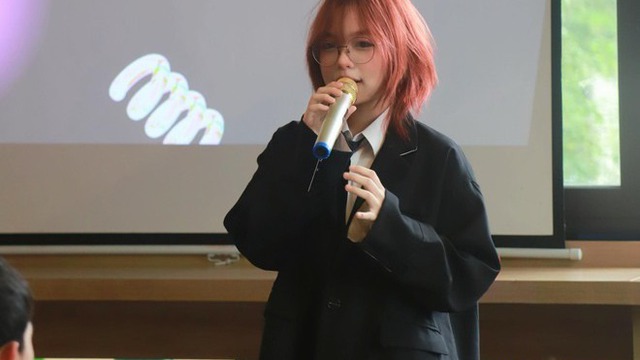
As news of Quianquian’s death spread, an outpouring of grief and support flooded social media. Many users expressed condolences to her family while also voicing their concerns about the risks associated with certain beauty procedures. Hashtags calling for stricter regulations and greater awareness of beauty treatment risks began trending, with people urging for change to prevent similar tragedies in the future.
Health professionals and experts have since spoken out, calling for increased education about the risks of beauty enhancement procedures. Some have advocated for tighter regulations and mandatory age restrictions to protect vulnerable individuals from undergoing potentially dangerous treatments. There is a growing consensus that more needs to be done to ensure that safety is prioritized over societal beauty standards.
In the wake of this tragedy, the focus has shifted to fostering a culture that values natural beauty and self-acceptance. Campaigns promoting body positivity and mental well-being have gained momentum as people reflect on the pressures faced by individuals, especially the young, in the pursuit of aesthetic perfection. Many hope that Quianquian’s story will serve as a catalyst for meaningful change, encouraging individuals to prioritize health and happiness over external appearance.
The loss of Quianquian is a devastating reminder of the potential dangers that can arise when beauty ideals are pursued at the expense of health. As the world mourns the passing of “MINNIE BABY,” there is a collective hope that her story will inspire conversations about self-acceptance, stricter safety regulations, and the importance of prioritizing well-being over societal expectations. While nothing can erase the pain of her loss, her memory may live on as a symbol of the need for change in how beauty and youth are perceived in society.
